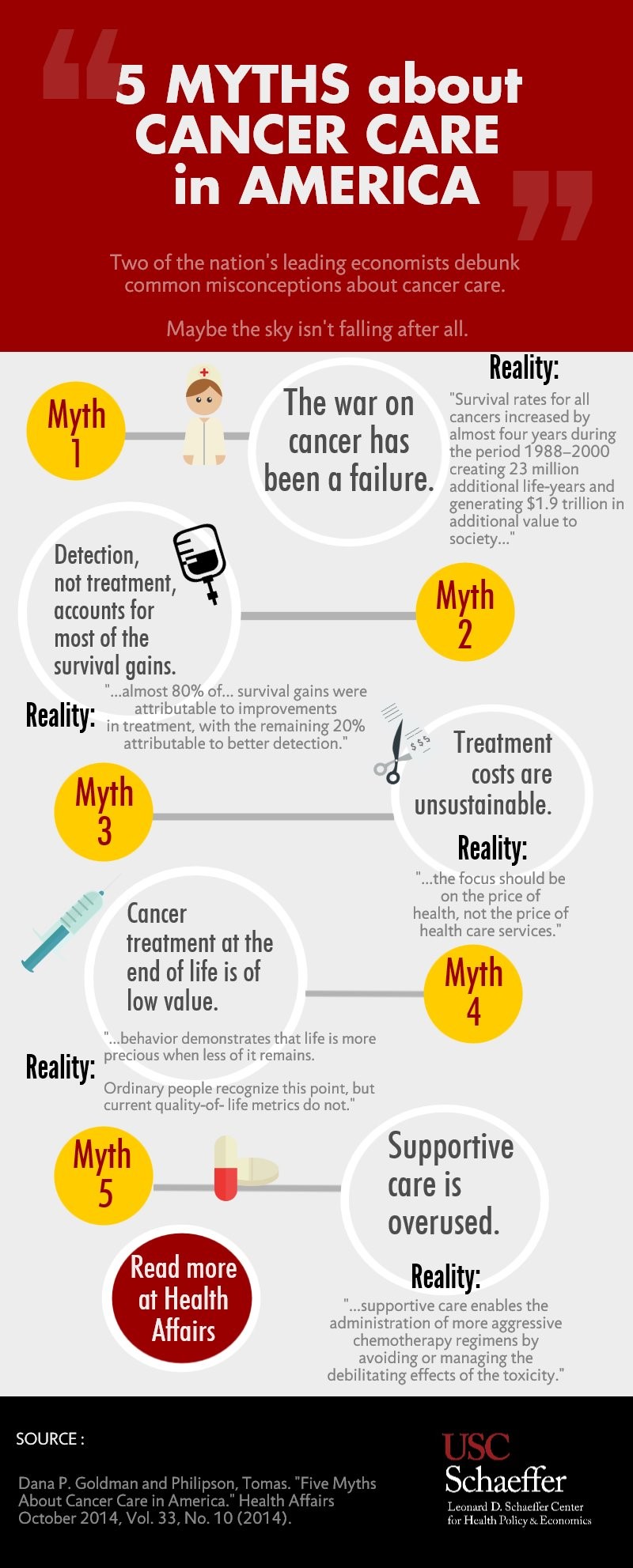A great deal of medical care is wasteful, we are told, because doctors do too much, patients want too much, and death comes anyway.
Yet, even if medical spending does not prolong life it may nevertheless do a lot to reduce the years that people spend disabled. Many people would consider money spent reducing disability money well spent.
Evidence for Significant Compression of Morbidity in the Elderly is a new NBER Working Paper by David M. Cutler, Kaushik Ghosh, and Mary Beth Landrum. Its authors report that although Americans over 65 have more diseases than they used to, disability “has been compressed into the period just before death.” Their results show that although life expectancy increased .7 years (from 17.5 to 18.2) between 1992 and 2005, disability free life expectancy increased 1.6 years (from 8.8 to 10.4).
Throughout the sample period, they find that the prevalence of major disease in the elderly was relatively constant. About 80 percent of the elderly had at least one major condition in the year before death. Many suffered from more than one. Heart disease afflicted about 38 percent of the elderly 12 months before death. Cancer, Alzheimer’s disease, pulmonary disease, heart attacks, and stroke each afflicted about 25 percent. Hip fracture rates afflicted about 9 percent, and Parkinson’s rates about 4 percent.
The increase in disability free life expectancy occurred despite the fact that the prevalence of chronic disabling conditions like Alzheimer’s and pulmonary disease increased. Though medicine may be able to alleviate the suffering of those with these conditions, the increase in disability free life expectancy may have resulted from progress in preventing heart disease, strokes, and hip fracture. The proportion of the elderly population affected by those acute conditions fell from about 40 percent of the population in 1991 to 30 percent in 2009.
The authors are agnostic about whether medical care has caused the improvement, noting that other unnamed “social and environmental factors” might be also be responsible for at least part of the trend.
 The Centers for Disease Control and Prevention (CDC), a federal agency, has reported the remarkable news that U.S. life expectancy has dropped for the first time since 1993. According to Mortality in the United States, 2015 (NCHS Data Brief No. 267, December 2016):
The Centers for Disease Control and Prevention (CDC), a federal agency, has reported the remarkable news that U.S. life expectancy has dropped for the first time since 1993. According to Mortality in the United States, 2015 (NCHS Data Brief No. 267, December 2016):






